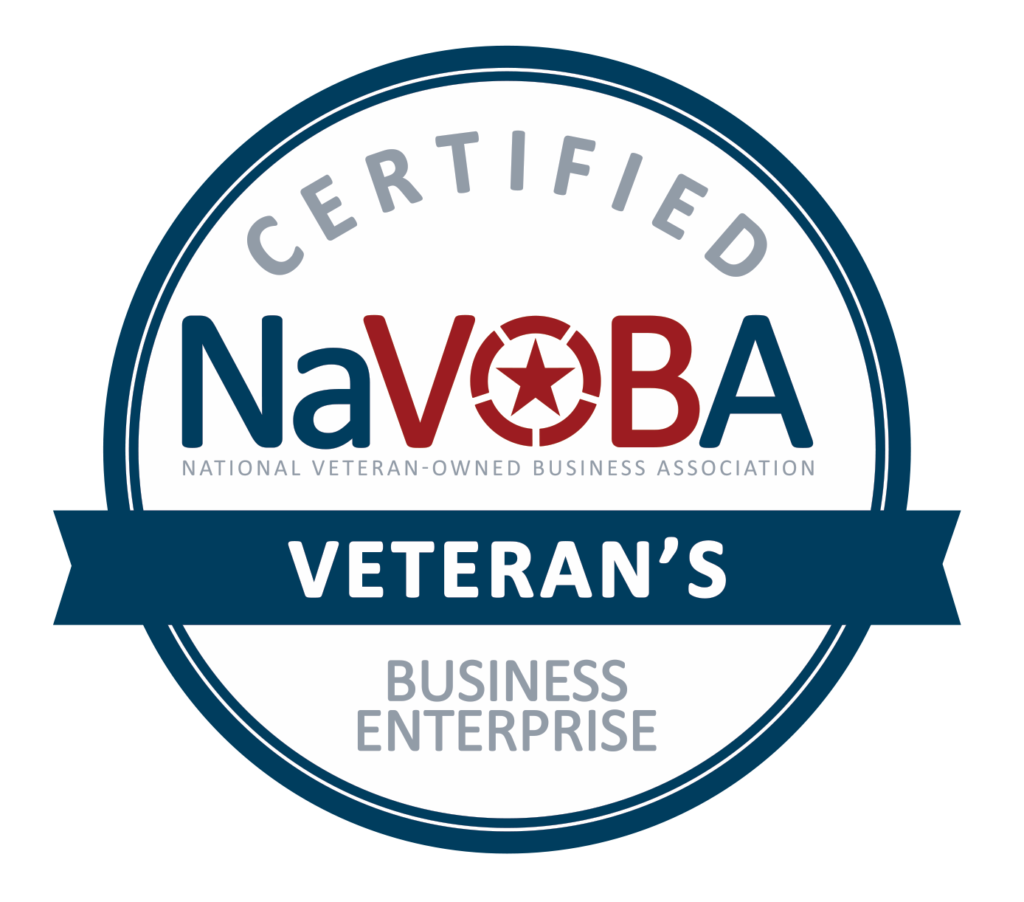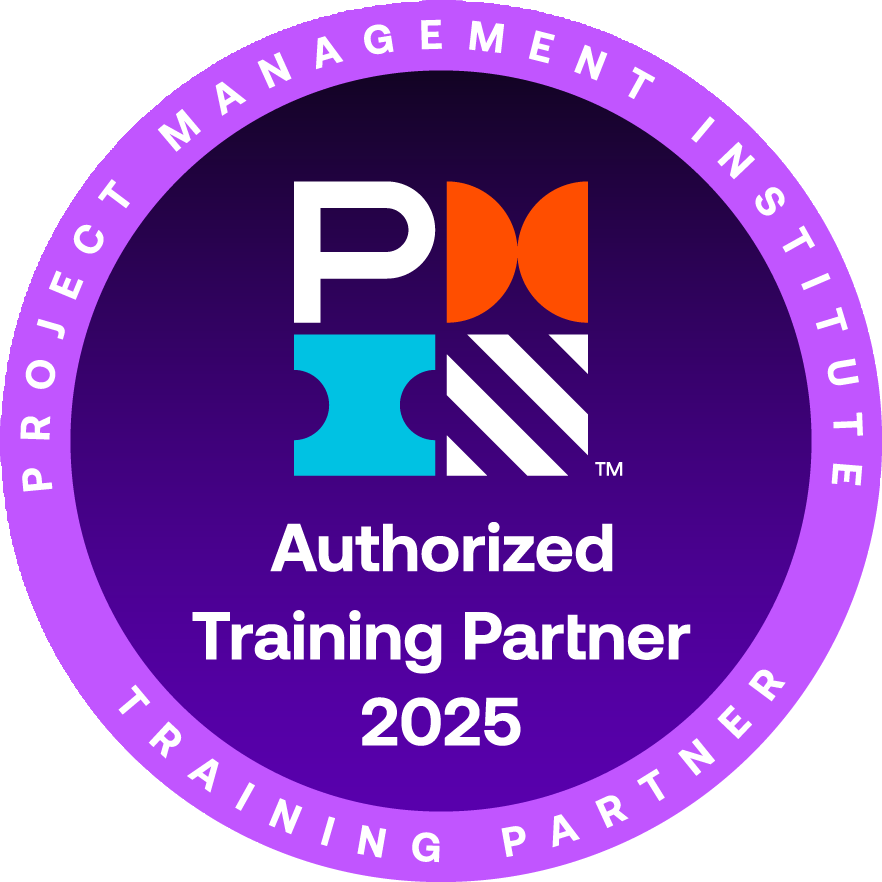
Project management is a critical part of any business, yet it can be difficult to find the right solution for your needs. Agile Project Management (APM) is a newer methodology that has been gaining in popularity in recent years. So what is Agile Project Management, and why should you consider using it for your next business endeavor?
In this article, we will address what Agile Project Management is, what it’s used for, the five phases of Agile, and the top 5 reasons to invest in APM. Let’s dive right in!
What Is Agile Project Management (APM)?
Agile Project Management (APM) is founded on the principles of Agile Methodology, which are about the nimbleness and decisiveness with which a leader can gather information, analyze info, and take a decisive action based on strategy.
Based on these foundational ideas, APM is an iterative process of seeing a project through by creating multiple steps throughout its lifecycle. APM is a step-by-step process of incremental steps designed to bring a project to an effective conclusion with multiple points along the road for adaptation and innovation.
What Is Agile Project Management Used For?
Agile Project Management is commonly used in software development, but it can be used in portfolio management and other forms of project management as well. It is particularly applicable in the context of taking large projects and breaking them down into smaller, more manageable actionable steps or milestones which are then completed one after the other.
What Are the Five Phases of Agile?
APM can be broken into as many steps as necessary to ensure the efficacy of a project’s management—but there are five distinct phases of APM that remain constant. In the following section, we will detail the primary phases of APM as they relate to executing a large goal.
The Envisioning Stage
Think of this stage like coming up with a thesis for a persuasive essay. During this phase, the primary objective is determined, the stakeholders are identified, and the objectives are made clear. Like in writing a persuasive essay, you must understand the perspective and needs of your audience (or in other words, customer) in order to be effective in making your point (or a sale).
The Speculation Stage
Once you have your “thesis statement”, or the founding concept around which you are basing your project, you can move into planning a rough outline for your “essay.” This is what’s known as the Speculation Stage, during which phase the overarching goal is broken into a periodic timeline of milestones that must be achieved before the project is considered complete. During this time, the specific milestones will be prioritized so certain actions are granted priority over others as a means of mitigating mistakes, missing deadlines, or decreased value results due to rushing.
The Explore Stage
During this stage of APM, your team will explore all the possibilities on the table for getting valuable results. By focusing on one milestone at a time, the Explore Stage allows a project management group to make space for important dialogue about the best ways to successfully deliver a quality product.
The Adapt Stage
Perhaps the stage most closely related to Agile Methodology, the Adapt Stage is the time in which the team prepares for potential outcomes. Part of this includes prepping for possible negative outcomes, ensuring they are fulfilling the full terms of a contractual agreement, and responding to customer input. The thinking behind this stage is to allow the project management team to respond to new information that may cause their original planning to change.
The Close Stage
Just as it sounds, the Close Stage is about producing the completed product within the parameters of the original goal. This must be verified against the customer’s initial agreement to ensure that all of the client’s needs are being met, as agreed upon before the APM process. After the customer has received their product, the team may then engage in an After Action Review to discuss any possible errors or setbacks as well as how to mitigate those mistakes in future projects.

Top 5 Reasons to Invest in Agile Project Management
Agile Project Management is not without its skeptics—however, there are several key benefits to this strategy of project management that contribute to its recent popularity as well as its undeniable efficacy. Here are the top five reasons to invest in APM:
1. Built-in quality control: By breaking down a huge project into manageable, bite-sized pieces, a team can really home in on the details that can take a good outcome to a great one. By breaking the large project into smaller goals, the team can focus on each action that they take in pursuit of the overarching goal, making a quality result much more likely.
2. Eliminating unnecessary resource expenditure: By breaking the process down and formulating a plan, while still remaining adaptable in the face of fresh information or input means that you are less likely to expend resources or time on aspects of your project that don’t directly lead to a quality product. This new way of thinking of budgeting for a project allows you to invest company resources in “agility,” or your response to how well things are going, rather than in complex procedures from the onset that might not have a 100% success rate.
3. Prioritizing milestones for better overall success: If you are looking for a higher success rate for your projects, breaking the process down into actionable steps can make delivering a quality final product much more likely. Additionally, creating milestones affords your team the opportunity to create a timeline of periodic deadlines that make realizing the ultimate goal timely and measurable.
4. Better team collaboration: The whole process of APM is hugely collaborative. This encourages deeper connections between your crew members and leads to innovative and creative problem-solving. This can have long-term implications for the health of your company culture while fostering loyal, motivated employees.
5. Greater positive impact on customers: The better the quality of the product you are able to deliver (and the timeliness with which you are able to deliver it) means your customers are more likely to be satisfied…and satisfied customers make recurring ones, and are more likely to refer your services to others, impacting your bottom line.
Agile Project Management With PMLG
Agile Project Management is the future of project management solutions for many types of industries, from software development to retail strategy. In an increasingly complex workplace full of shifting forces, it’s important to be agile in your field now more than ever. Through the five stages of Agile Project Management, a company can level up its game, gain a competitive edge, and even position itself as an industry leader amongst its peers.
Are you interested in learning more about Agile Project Management? Browse PMLG’s course catalogue for current curriculum and start investing in your business today!


